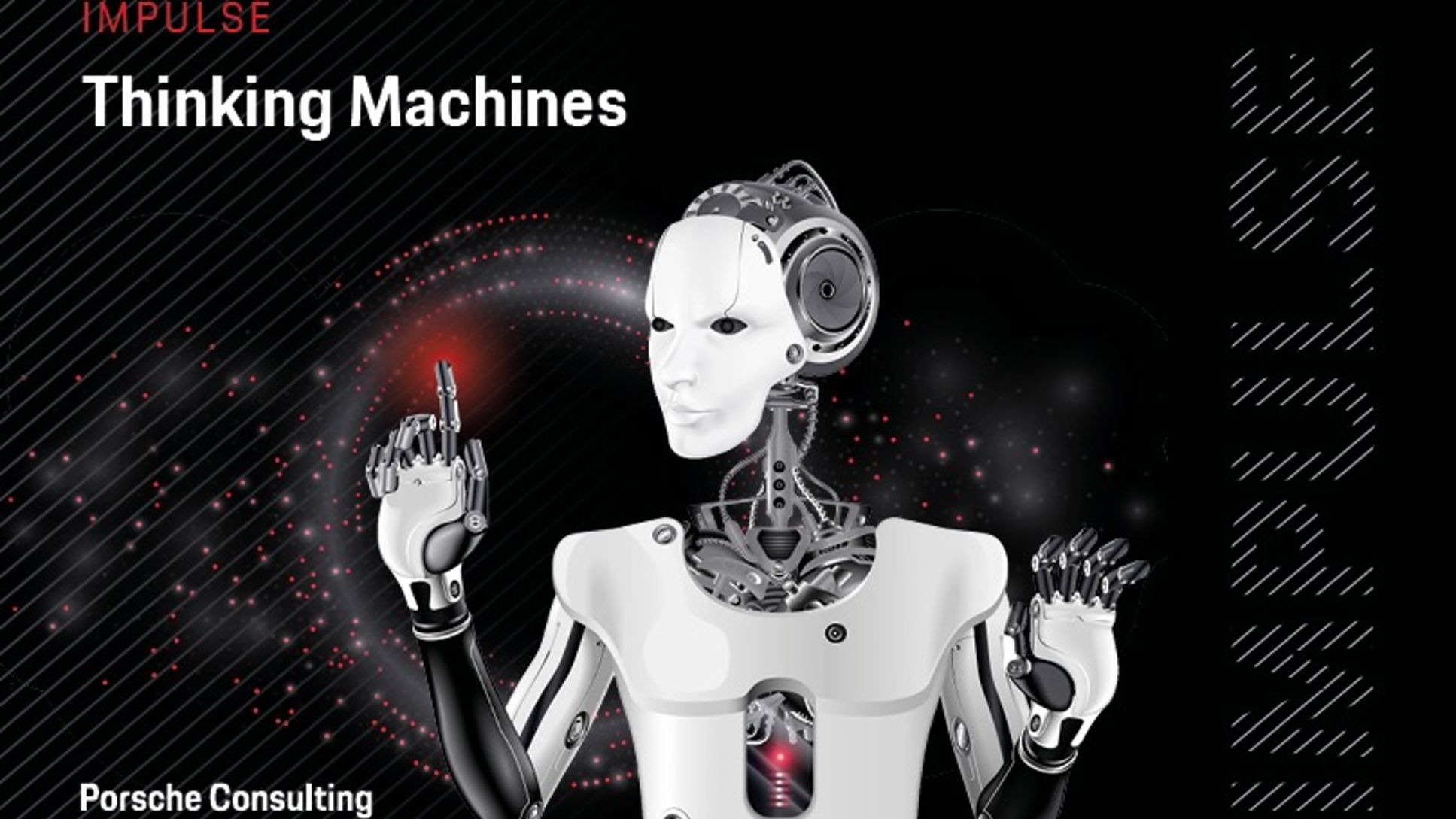They dance like humans, balance like acrobats, and serve coffee with a steady hand – robots fascinate us, often appearing like marvels of modern engineering. But the real revolution is happening beneath the surface: a new generation of intelligent machines is emerging – blending physical agility with the ability to learn. Humanoid robots are currently enjoying a global surge in interest. Industry media outlets like Stock3 and companies such as Deutsche Bank are already calling this the “Year of the Humanoid Robot.”
Tech leaders including Nvidia CEO Jensen Huang and Tesla's Elon Musk predict exponential growth – driven not only by innovation, but by scalability. According to Fortune Business Insights, the global robotics market is projected to grow by over 45 percent annually (CAGR) through 2032. Startups like Figure AI – once niche players in humanoid robotics – are now valued at $40 billion.
This momentum is fueled by today’s structural challenges: growing labor shortages, demographic shifts, and rising wage costs across many industrial nations are creating intense pressure to innovate. The result: companies are being forced to accelerate their automation strategies. Humanoid robots offer not just efficiency but resilience. They help buffer against disruptions and allow businesses to adapt quickly to the unexpected.
Read the impulse in full length: Thinking Machines





